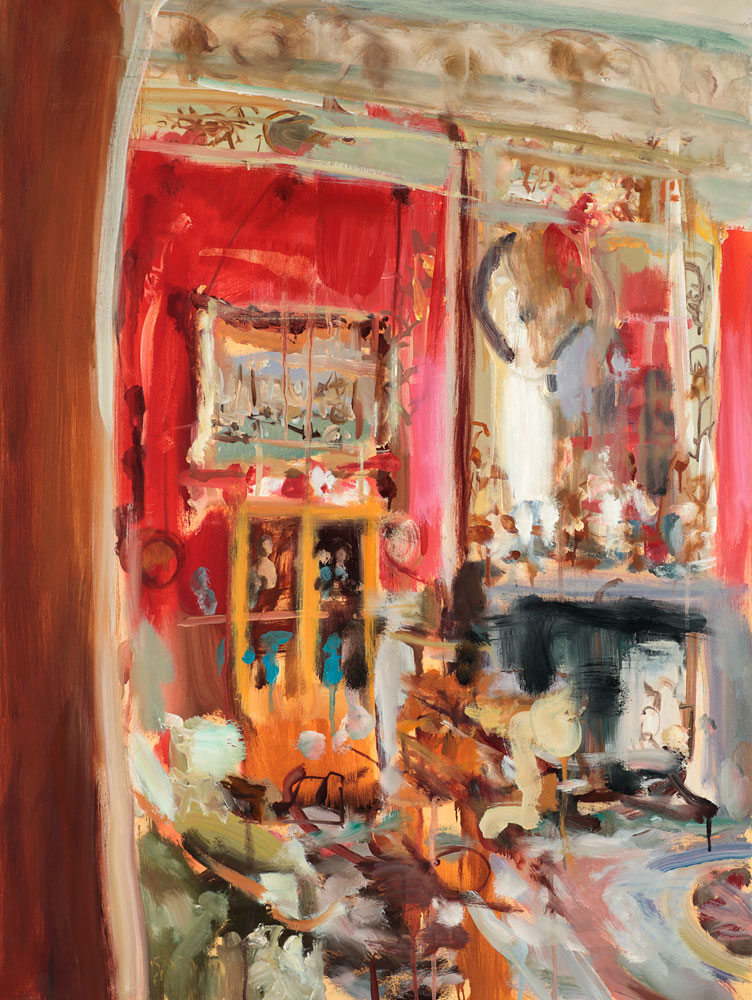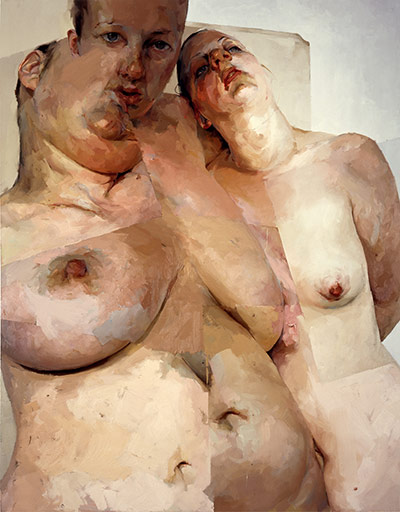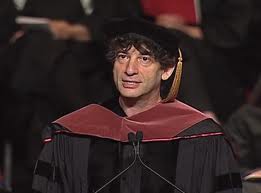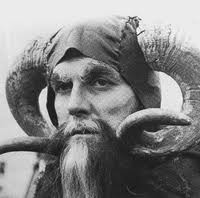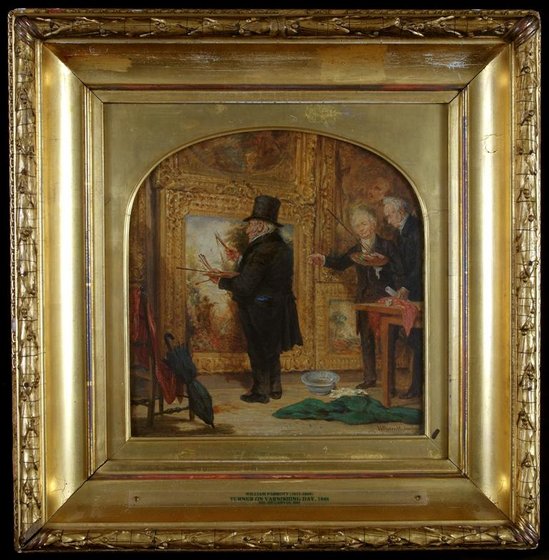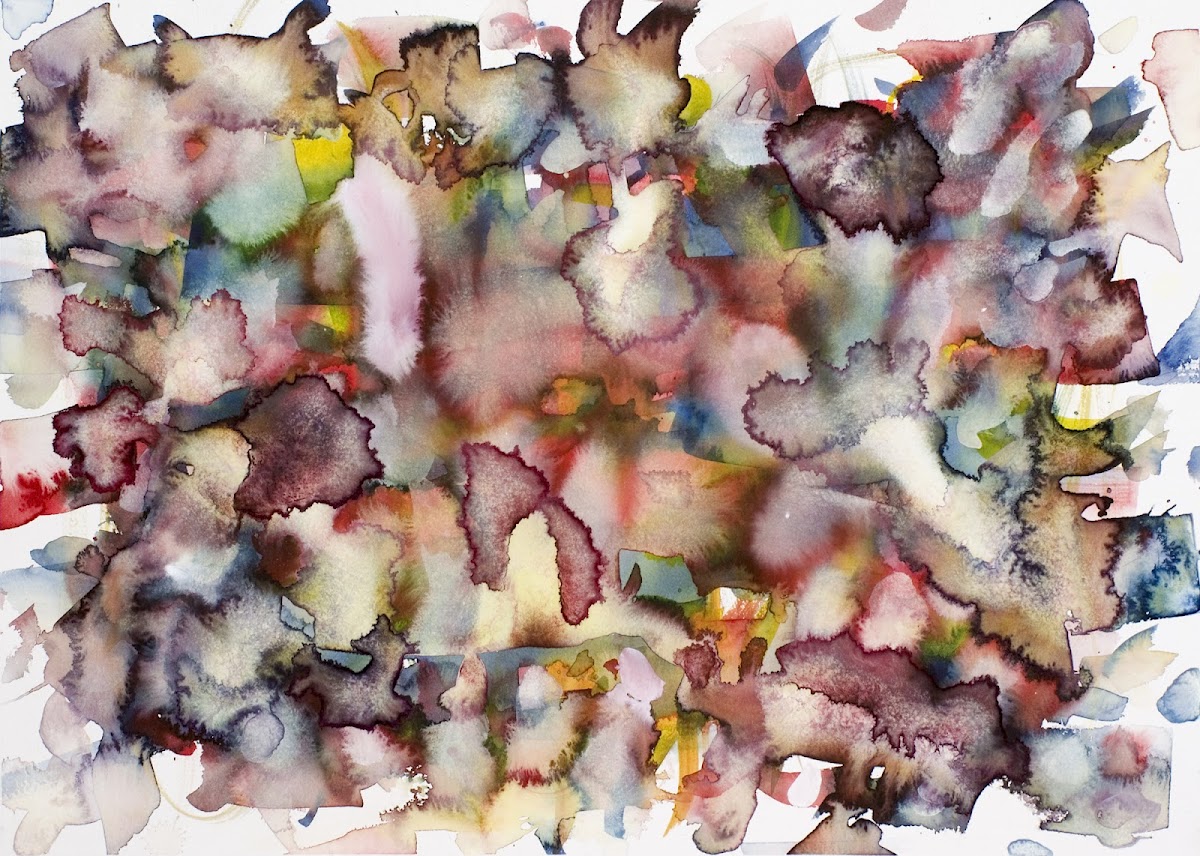Actually it’s about writing, but the following by Mr Bukowski could easily apply to painting, or any other creative endeavour. Watch and weep.
PROBLEM-SOLVING FOR PAINTERS Workshops: Fall 2012
Are you feeling stuck and in need of some fresh insight to push your painting forward? Or do you really want to paint again but are feeling a little rusty?
This hands-on painting workshop will introduce strategies to inject new energy into your process. If you have been painting alone, the group dynamic of a class creates a sense of camaraderie through an exchange of ideas. Warm-up exercises at the beginning of each day can help shift your attention in a different and new way. Students can bring projects already in process or start new ones in the class. The instructor will cover issues such as paint handling, palette and composition choices as well as historical and contemporary painting references. Oil and acrylic painters welcome (no turpentine, please).
The class size is small (maximum six students) so it’s an intimate and friendly setting. Private consultations also available; please email Val for more information.
Dates: 6 Saturday afternoons, September 22-October 27, and
November 10-December 15
Time: 2-5 pm
Location: VAL NELSON STUDIO,
322b-1000 Parker Street, Vancouver
Fee: *$50/session, $275 for 6
To register: val@valnelson.ca
Instructor Biography: An award-winning visual artist and sought-after instructor, Val studied at Emily College of Art and Design and in workshops with Florence-trained Paul Chizik and Lee Makalak. Short-listed for the Royal Bank painting prize, her work is in many private and corporate collections such as the Canada Council Art Bank, and she is included in Carte Blanche Vol. 2: Painting, a book on the current state of painting in Canada. Val is represented by commercial galleries in Vancouver, Toronto, and Montreal.
Testimonials:
…Val has an approach to teaching that allows each participant to grow in their own direction, she is able to draw out of artists what it is they are trying to achieve and help them get there. Her knowledge of contemporary art provides a great foundation for her workshops; her examples inspire creativity and make one feel a part of the greater art world…
…Val’s enthusiasm, sense of humour and gentle critiques kept me going as I worked tentatively through a frustrating time. For me “loosening up” meant working in the moment, rather than thinking ahead to a finished piece. I felt myself breaking through to a new way of working, both intellectually and technically, and I feel like my mind is finally connecting with my paintbrush!
*Please note that participants are encouraged to sign up for at least 4 sessions for group continuity.
Some Very Abridged Travel Notes
Freshly back from an intense journey to Montreal, Berlin, Milan, and Tuscany, I’m processing all I have seen and experienced. One of the things that stays with me is the work of Adolph von Menzel at the Alte National Galerie in Berlin. I had not been aware of him until now, and I feel he should be much better known beyond the borders of Germany. His work for the Prussion King Frederick was very good, but what struck me the most were his images of an inconsequential backyard, paintings of his feet and hands, and his exquisite drawings found at the Kupferstichkabinett within the Gemaldegalerie at the Kulturforum.

The Kupferstichkabinett is a marvel–you can walk in and, for no charge, request old masters drawings from their impressive archives of over 200,000 works on paper, which are wheeled out to you by a courteous staff-member. You can see matted, unglazed drawings, examine them at length and draw copies if you like (which I did for a few exquisite hours last month).
Making copies from old masters is a great way to get inside the thought process of great artists. And it doesn’t hurt that while you are drawing you might occasionally hear the sound of bells from the nearby church wafting in from the street.
I also did some drawing from statuary while in Berlin. Here is something I did in my pocket Moleskine after a sculpure by German artist Reinhold Begas, “Mercury and Psyche”, 1857.
I will return and write more when I have time. I’m back in the studio again and loving being in Vancouver in the last vestiges of summer.
Montreal press
Thank you to Veronica Redgrave for a nice little mention in Montreal Gazette’s online mag, Urban Expressions:
“Artist Val Nelson paints realistic scenes whose forms – chairs, trees, tables – are almost hidden by her layered gobs of paint, like our gathering of information as we gaze quickly over objects…” (read more)

A blog I like

What we need more of is slow art: art that holds time as a vase holds water: art that grows out of modes of perception and making whose skill and doggedness make you think and feel; art that isn’t merely sensational, that doesn’t get its message across in ten seconds, that isn’t falsely iconic, that hooks onto something deep-running in our natures. In a word, art that is the very opposite of mass media. — Robert Hughes
This quote is on the home page of a blog called Slow Muse by artist Deborah Barlow. I recommend you visit her site, as well as her other blog, Slow Painting.
“Slow Muse is about the raw material that influences a visual artist. The intake comes in from every imaginable corner—the earth, the body, space, books, poetry, ideas, technology, music, cuisine, architecture, wisdom traditions. What ties all of these observations together is my passion for art that makes you stop and pay attention.”
Jenny Saville, Painter of Modern Life

“…in Britain, there has been a drive in art schools to describe and to rationalise what it is that you’re making, and that is a death knell to painting. Painting doesn’t operate like that. It works on all the irrational things.”
From an interview of British figurative painter, Jenny Saville in The Guardian, on the occasion of her first solo show in a public gallery in the UK.
Neil Gaiman: Make Good Art
 This seems to be the week of excellent tips from friends on inspiring videos. Interesting that both of the ones I am posting are of fellows from the UK.
This seems to be the week of excellent tips from friends on inspiring videos. Interesting that both of the ones I am posting are of fellows from the UK.
Recently writer Neil Gaiman was invited to address the University of the Arts Class of 2012. It’s incredibly inspiring for anyone who needs encouragement to keep on making art. Watch this.
John Cleese on Creativity
An artist friend tipped me about this excellent lecture on YouTube by British comedian John Cleese, on which he succinctly outlines key elements for creativity.
Cleese: “Creativity is not a talent. It is a way of operating.”
Link to the lecture here
Pre-Vernissage/Open Studio
Waving a quick “hi” in the hallways and ducking back inside the studio to avoid lengthy conversation gets a bit tedious after awhile.
I’m opening my doors to share with friends what I’ve been doing in the artcave these past many months, in preparation for my show at the end of June in Montreal at Galerie de Bellefeuille.
“Varnishing day” or “vernissage” was a term used in France and England in the 19th century to describe the day before an exhibition opens, when artists would varnish or put finishing touches on their works in the company of friends and patrons. Today it is known as the “private view” or “opening”.
So tomorrow’s event is actually a “Pre-Vernissage”.
Please join me Saturday, May 12, 2-5:30
1000 Parker Street, Suite #322B Light refreshments will be servedMore Stuff I Like

Leon Phillips is a Vancouver painter who should be on the radar. His recent exquisite watercolors intelligently comment on photography, yet beautifully personalize that world. These works speak of human experience.
Phillips states: “These paintings were executed during a particularly difficult phase of my mother’s ongoing struggles with dementia. My time in the studio painting the Expand and Nest series were a refuge for me. Although at the time I felt my work was an escape from the pressures wrought of my mother’s illness, I feel that she is somehow in them — along with [painter Gerhard] Richter.
What attracts me to Richter’s work is the way he contrasts blurred shapes and areas with more sharply defined forms suggesting depth of field and the reflective lens distortions that we see in photographic images. The camera lens is always present in his work. Taking my cue from him, my goal is to reference photography. In these works I have contrasted tone, transparency and focus to communicate depth of space and movement. These contrasts suggest an image coming into focus or a fading memory.”
Please take a look at more of his work on his website.


